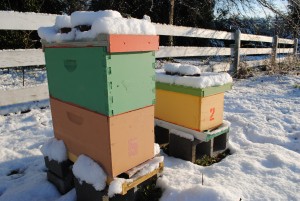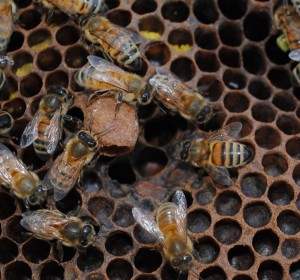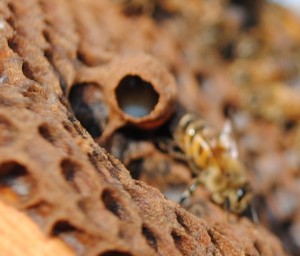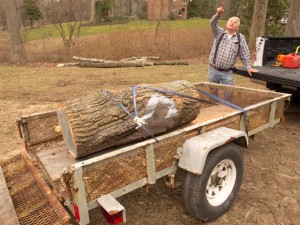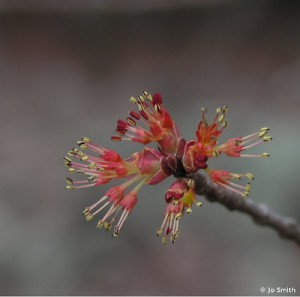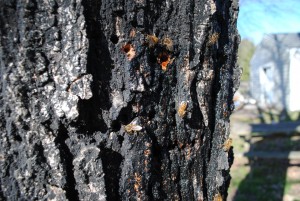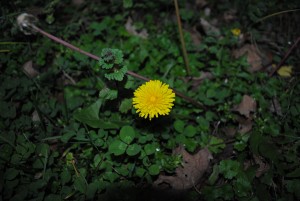Sanity
Another amazingly warm day in Richmond, Virginia afforded me the chance to have a look at another honey bee outyard. It proved extremely beneficial, as it brought me back to beekeeping reality. For the last couple of weeks, I have been seeing fairly good strength in all of the hives that I have been able to inspect. Then, over the past weekend, I found extremely strong hives in my backyard. Admittedly, a few were Nucs, but I was amazed at how quickly these bees were filling out their boxes (and, how soon!) I had gotten it into my dim-witted skull that all my hives were on the verge of swarming! It’s been a Winter like no other and who knows what to expect.
In this small outyard (I’ve yet to be extremely impressed with the results in this outyard, so I have yet to increase it beyond 3 hives), I found more what I would have expected. One hive was doing very well. Perhaps 5 Deep frames of capped bees. Several empty frames to expand into and not much nectar being stored. They actually had a deep full of honey above them (all in fairly new frames – 1 to 2 years old), so I simply did a bit of checkerboarding, placing empty, drawn frames every other slot (in 3 of them), pulling the frames full of honey for Nucs later on. I had expected to pull a Nuc out of this hive. Gentle bees, great brood pattern, second year queen. But, they were still in build-up mode (not big enough yet, to pull a Nuc.) ‘Oh well, I’ll be back in a couple of weeks.’, I thought as I moved to the next hive.
The next hive was nearly as strong, but they didn’t have extra stores at all. They had some capped honey and a lot of nectar, but nothing to spare. In addition, they were laying in the Medium and probably had 6 or 7 frames of brood. Again, still in build up mode. Plenty of space to build into. Still to early to yank a Nuc.
The final hive was a dissapointment, to be sure. Maybe 3 frames with brood, pattern spotty and brood area was small. This hive came from a swarm last year and ended the summer with an amazing brood pattern. I could see no sign of disease, but I also didn’t look for the queen. I can’t imagine that they swarmed, but I’ll give them another look on Sunday. The hive has a ton of stores (all Medium), so I need to do something if they don’t take care of this problem themselves. This is the second (seemingly) failing queen that I have found, out of 19 hives. I write the first off to my inability to find the old queen last year (so that I could whack her). This second one is a bit of a mystery.
Today’s events brought me back to reality, which is a good thing. Some hives are definitely ahead of schedule. Some very few are way ahead of schedule. But, I am no longer that concerned about swarming. I also can relax on the Nuc creation. I still hope to create some this weekend, but probably only one or two, like last weekend. It is more probable that the vast majority will be created in the 2nd and 3rd weekends of March after all. For whatever reason, that give me peace of mind…for the moment.

